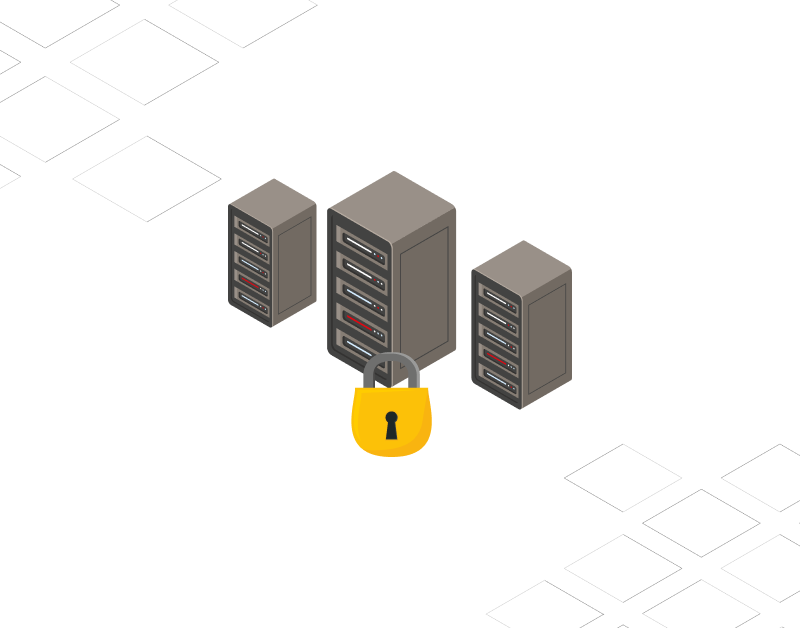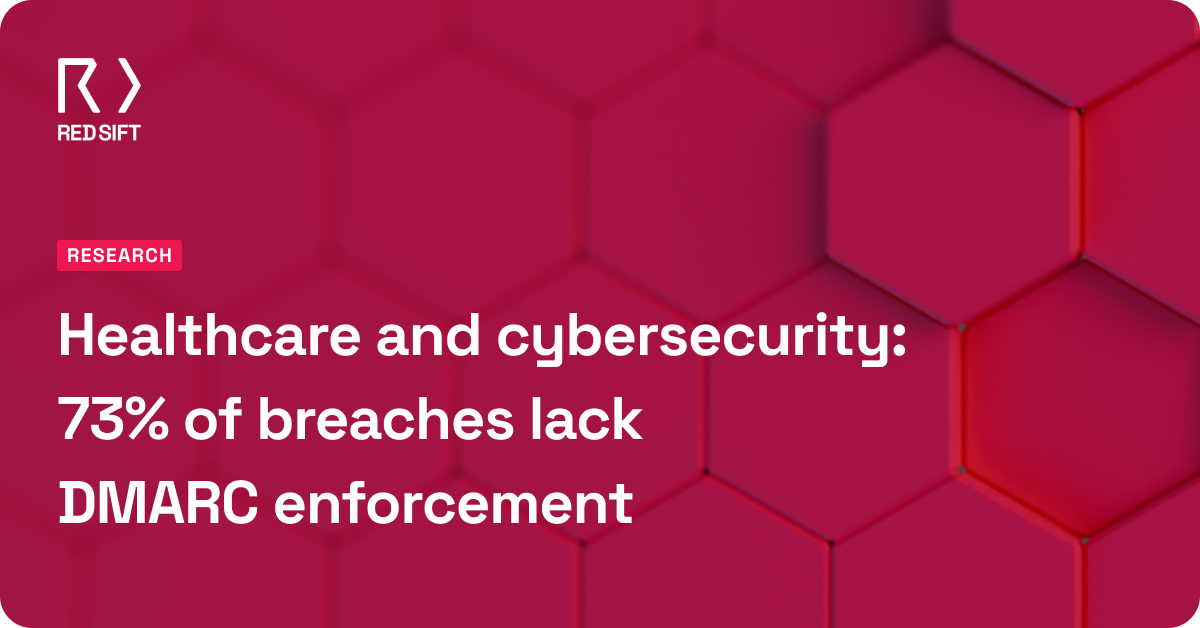The digital age has ushered in an era of immense connectivity between brands and consumers. But unfortunately, the mediums that allow businesses to be more streamlined and accessible – the internet, cloud-sharing platforms, and remote-access networks – are vulnerable to hacking and other cyberattacks.
Network security offers an extra and much-needed level of protection against threats that exploit the weaknesses of multi-access and remote-accessible networks. It is also instrumental in preserving a brand’s reputation for reliability and security.
Defining network security
Network security is a subset of cybersecurity. The best analogy for their relationship is a castle with a moat: the moat represents cybersecurity, while the protective castle walls and guards represent network security.
In simpler terms, cybersecurity casts a perimeter defense while network security protects operating systems, software, data, hardware, and other networking components within the IT infrastructure.
Network protection is more crucial now that more people and organizations are using cloud storage and online collaboration platforms. A perimeter defense against malware and active hackers is becoming outdated because people are requesting access to networks via the cloud, thanks to the popularity of remote working and learning. Moreover, users want access to networks through different devices. As such, a perimeter approach to security may not provide enough cyber protection for multiple remote users and devices spread across geographies.
Strengthening network security grants a network better defenses against the following:
- Malware
- Ransomware
- Network intrusions
- Distributed Denial of Service (DDoS) attacks
- Man in the Middle (MITM) attacks
- Data theft and manipulation
- Unauthorized access to data, programs, secure servers, etc.
With network security, your organization will be better protected against passive and active attempts at hacking, stealing, or leaking information.
How network security helps protect your brand
A network protection protocol is also necessary if you want to protect your brand. One of the ways cybercriminals target popular brands is by impersonating them and fooling customers into buying counterfeit products. Worse, some cybercriminals target customers’ accounts, obtain their credentials, and access their credit card information.
A robust and reliable network protection software that implements a zero-trust security protocol is one example of how network security protects not only your business but also your customers.
A zero-trust approach to cybersecurity means that everyone is required to validate their authority to access a network, especially from external channels. It eliminates implicit trust and assumes all incoming traffic, including those coming from within the secured perimeter, is hostile by default.
The National Institute of Standards and Technology (NIST) guidelines for zero-trust policies introduce key principles classified into three categories:
- Verifying network identity
- Ensuring endpoint health
- Ensuring data flow security
Network identity governance calls for a systematic and consistent verification policy wherein users must first identify themselves and wait for the system to authenticate their identity before they can do any authorized operations.
Endpoints, meanwhile, are the mobile devices used to access the network. In a zero-trust environment, these devices must comply with specific security requirements before being granted access. For example, a company can make it so that employees can only access work emails on their mobile phones if they activate their device’s security key feature.
Finally, data flow protocols in a zero-trust architecture assume that an attacker is always present in the network. As such, some critical operations come with double checks. For example, deleting a file will prompt a verification and authentication check before the system complies (which is also in line with network identity governance).
Successful phishing attacks on your customers will inevitably pass the blame to your business. In addition, successful incidents will cast doubt on your platform’s overall security and harm your reputation, making customers less trusting of your brand.
Implementing a zero-trust network security protocol puts multiple layers of security checks for all users, reducing the risks of phishing attacks on your customers and employees.
Boosting security with brand protection capabilities
Protecting your brand with a sophisticated brand protection platform is another way to prevent phishing attacks.
One strategy commonly used by cybercriminals is creating copycat websites and fooling customers into providing their login credentials. Unfortunately, before brand protection technology came about, brands had little control over what copycats were doing apart from putting out a disclaimer PSA, filing reports, and emailing back and forth with server operators in hopes of taking down fraudulent websites.
Today, companies can proactively protect their reputation and customers by using brand protection software. This technology monitors the world wide web and detects copycat domains, lookalike webpages, and illegal use of your logos. But here’s the best part: if the software detects any of these activities, the service provider uses its connections with registrars and hosting providers to take down a domain as quickly as possible.
The longer a copycat website exists, the higher the security risk to your customers and reputation. Therefore, investing in network protection software with brand protection capabilities is paramount for businesses.
Protect your brand and complete attack surface with Red Sift
In this day and age, business organizations can no longer regard network security as a luxury. Instead, it is now a necessity for cybersecurity, data security, and brand protection.
Red Sift‘s Pulse Platform solves for the greatest vulnerabilities across your complete attack surface, including email, domains, brand, and your network perimeter. Businesses can establish both visibility into, and direct control over, known and unknown vulnerabilities affecting their public-facing assets across email, domain names, and the web.
Contact our team for more information on how Red Sift network security and brand protection work.






